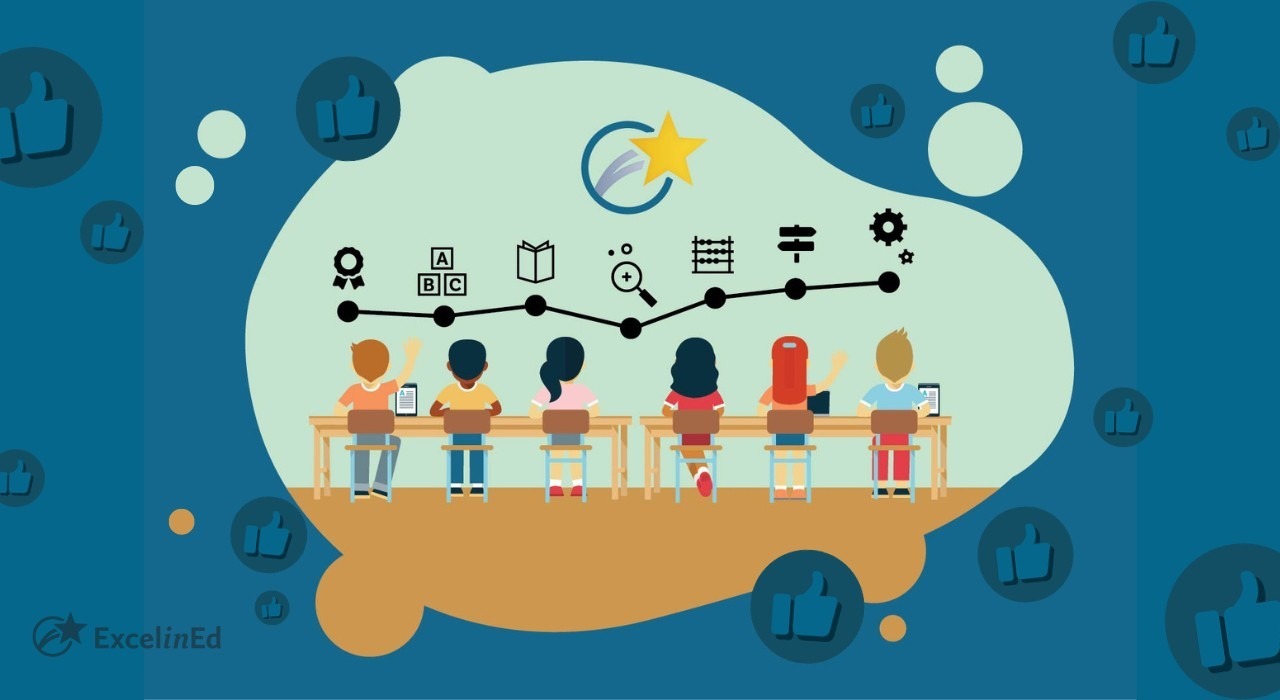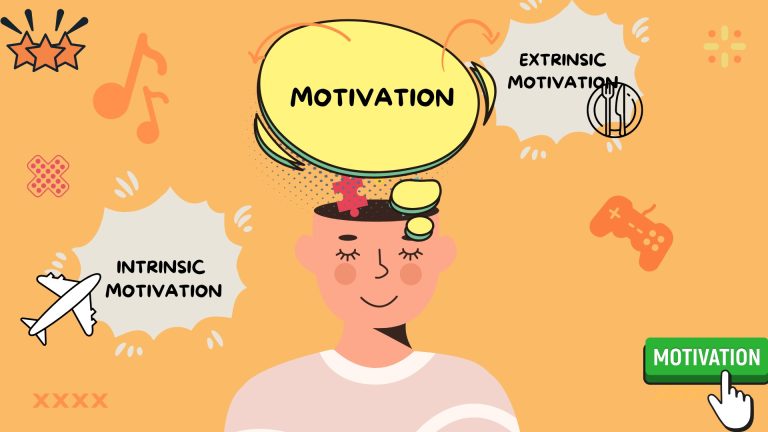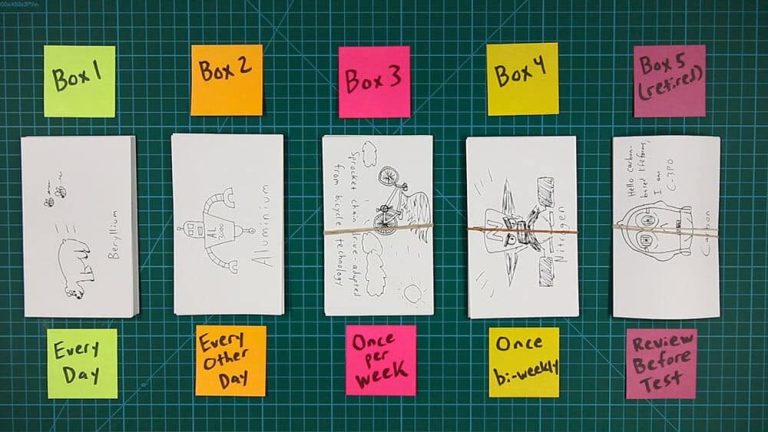Education Policy Reforms That Could Work
The quest for a truly effective education system is a perpetual journey, marked by continuous debate, evolving theories, and the perennial challenge of preparing future generations for a world that is constantly changing. For decades, education policy has swung between various approaches, often resulting in piecemeal reforms that fail to address systemic issues. However, drawing on global best practices, advancements in cognitive science, and a deeper understanding of socio-economic factors, there are several promising policy reforms that hold the potential to genuinely transform education, making it more equitable, engaging, and relevant for every student. These aren’t quick fixes, but rather integrated strategies designed for long-term, sustainable improvement.
One of the most impactful reforms would involve a significant shift towards **holistic student development and personalized learning**. Traditional systems often prioritize standardized testing and rote memorization, inadvertently neglecting crucial aspects of a child’s growth. Policies should champion curricula that integrate social-emotional learning (SEL), critical thinking, creativity, and problem-solving skills alongside academic knowledge. This means moving beyond a “teaching to the test” mentality. Personalized learning, supported by adaptive technologies and smaller class sizes, would allow educators to tailor instruction to individual learning styles, paces, and interests. For example, instead of a rigid, one-size-fits-all curriculum, a policy could support the use of AI-driven platforms that identify a student’s strengths and weaknesses in real-time, offering customized learning pathways and resources. This not only makes learning more engaging but also ensures that every student, regardless of their starting point, has the opportunity to thrive and develop a broad range of competencies crucial for future success.
Another critical area for reform lies in **elevating the teaching profession**. The quality of an education system is inextricably linked to the quality of its teachers. Policies should focus on attracting, retaining, and continuously developing top talent. This includes competitive salaries that reflect the immense value teachers bring to society, robust professional development programs that are truly empowering and relevant (not just perfunctory workshops), and creating supportive working environments that foster autonomy and innovation. Furthermore, policies could establish comprehensive mentorship programs for new teachers and create clear career progression pathways within the profession. Countries like Finland, consistently lauded for their educational outcomes, place immense value on their teachers, requiring master’s degrees for all educators and offering high levels of professional trust and autonomy. Reforming teacher compensation, training, and professional respect would create a more attractive and sustainable profession, directly impacting student outcomes.
Addressing **equity and access for all students** is a non-negotiable component of any effective education reform. Disparities in resources, qualified teachers, and learning opportunities often perpetuate cycles of disadvantage. Policies must actively work to bridge these gaps. This could involve revised funding formulas that direct more resources to underserved schools and communities, ensuring access to modern facilities, technology, and a diverse, highly trained teaching staff. It also means investing in early childhood education, recognizing that foundational learning experiences dramatically influence later academic success. Beyond funding, policies should support robust wraparound services for students in need, such as access to nutrition programs, mental health support, and community resources, acknowledging that learning cannot happen effectively when basic needs are unmet. An example might be state-level funding initiatives specifically targeting schools with high poverty rates to implement extended learning programs or after-school tutoring.
Furthermore, a significant reform would involve **rethinking assessment and accountability systems**. The current over-reliance on high-stakes standardized testing often narrows the curriculum, fosters teaching to the test, and fails to provide a holistic view of student learning. Policies should advocate for a more balanced assessment approach that includes formative assessments, project-based learning, portfolios, and performance-based tasks that measure higher-order thinking skills, creativity, and collaborative abilities. Accountability should shift from solely punitive measures based on test scores to systems that support continuous improvement, focusing on school-wide growth, innovative practices, and positive learning environments. This might involve peer reviews among schools, professional development linked to observed classroom practices, and data systems that inform rather than merely judge.
Finally, integrating **technology thoughtfully and strategically** is a crucial reform, moving beyond simply putting devices in classrooms. Policies need to ensure that technology is used to enhance learning, facilitate personalized instruction, foster digital literacy, and expand access to resources, rather than serving as a mere distraction or replacement for effective pedagogy. This includes ensuring equitable access to broadband and devices for all students, providing ongoing training for educators on how to leverage technology effectively, and investing in high-quality educational software and platforms. For instance, policies could support initiatives for blended learning models that combine online resources with in-person instruction, allowing for greater flexibility and personalized pacing.
In conclusion, the path to truly effective education policy reform is complex, requiring a systemic and integrated approach rather than isolated fixes. By prioritizing holistic student development, elevating the teaching profession, championing equity and access, rethinking assessment, and thoughtfully integrating technology, policymakers can lay the groundwork for a future where every student is empowered to learn, grow, and thrive. These reforms are not simple to implement, but their potential to transform lives and strengthen societies makes them an essential pursuit for any nation committed to a brighter future.







